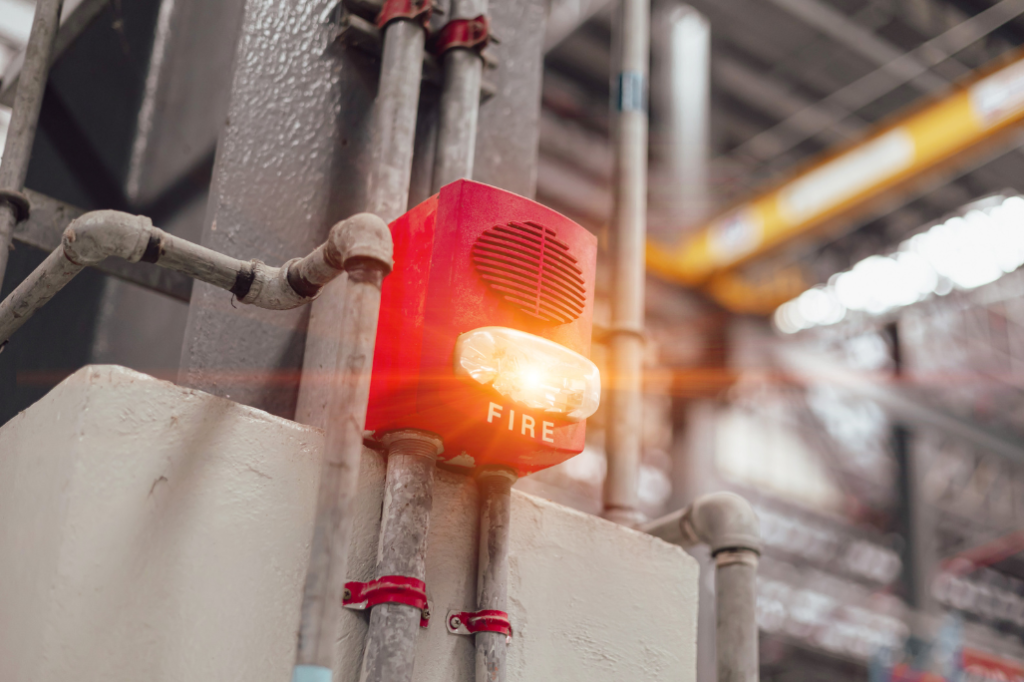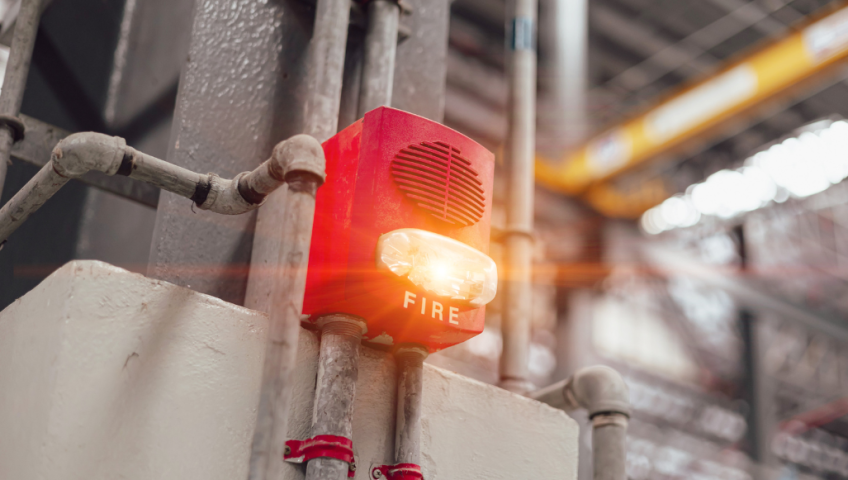When most people think of building security, their minds jump to cameras, keycards, and burglar alarms. But there’s another system that quietly stands guard 24/7—one that’s just as vital, but often overlooked: fire security systems. These systems are more than smoke detectors and sprinklers. They’re an integral part of any comprehensive safety and security solution, and when integrated properly, they can save lives, protect property, and reduce downtime in the event of a fire emergency.
Here’s a closer look at how fire security systems function as a core piece of a full security plan—and why they deserve more attention than they typically get.

Life Safety as the First Line of Defense
At their core, fire security systems are built to protect lives. They include fire detection, audible and visual alarms, voice evacuation, and system monitoring—all of which provide early warnings to help occupants escape quickly and safely.
In facilities like schools, warehouses, medical offices, or data centers, this early response can mean the difference between safe evacuation and disaster. Unlike other systems that secure assets, fire security systems protect people first.
Integrated Response Across Systems
Modern fire security systems are designed to do more than trigger alarms. When connected to a broader building management system, they can initiate smart responses:
- Unlock emergency exits
- Shut down HVAC to slow smoke spread
- Trigger mass notification systems
- Communicate with access control and surveillance
ROS Electric specializes in creating integrated systems that “speak the same language.” That means faster, more coordinated responses during emergencies and fewer single points of failure across your facility’s infrastructure.
Fire Security Is Often Overlooked—Until It’s Too Late
Many property managers treat fire systems as something to check off during inspections. Once installed, they may go years without upgrades or proper maintenance. But sensors degrade. Occupancy changes. Fire codes evolve. And without regular updates, even “working” systems may fail when needed most.
In fact, many fire events reveal breakdowns not in the detection, but in the response—delayed alerts, poor communication, or inaccessible exits. That’s why fire security needs to be part of ongoing building security conversations—not just compliance audits.
24/7 Monitoring That Goes Beyond Detection
Fire security systems aren’t just about sensors—they’re about awareness. Professional monitoring ensures that even if no one is on-site, emergency services are alerted the second a threat is detected. This is especially critical in facilities with high-value inventory, critical data, or nighttime operations.
With remote notifications, maintenance alerts, and integration with other building systems, these setups bring fire response into the digital age—far beyond a simple siren.
Advanced Sensors Reduce False Alarms and Boost Intelligence
Today’s fire security systems use smart detection technologies that differentiate between dust, smoke, steam, and other particles. This dramatically reduces false alarms, which can desensitize building occupants or result in unnecessary evacuations.
In larger facilities, advanced analytics can also identify patterns—like recurring maintenance needs or areas prone to overheating—allowing you to take proactive steps before a problem escalates.

Don’t Let Fire Security Be an Afterthought
Fire security systems are essential to a fully integrated, effective safety plan. When tied into your building’s broader security ecosystem, they become powerful tools for response, prevention, and protection.
Want to make sure your fire security system is ready for more than code compliance? Contact ROS Electric to learn how we can modernize your fire safety infrastructure—and connect it seamlessly to your building’s complete security solution.


Write a Comment